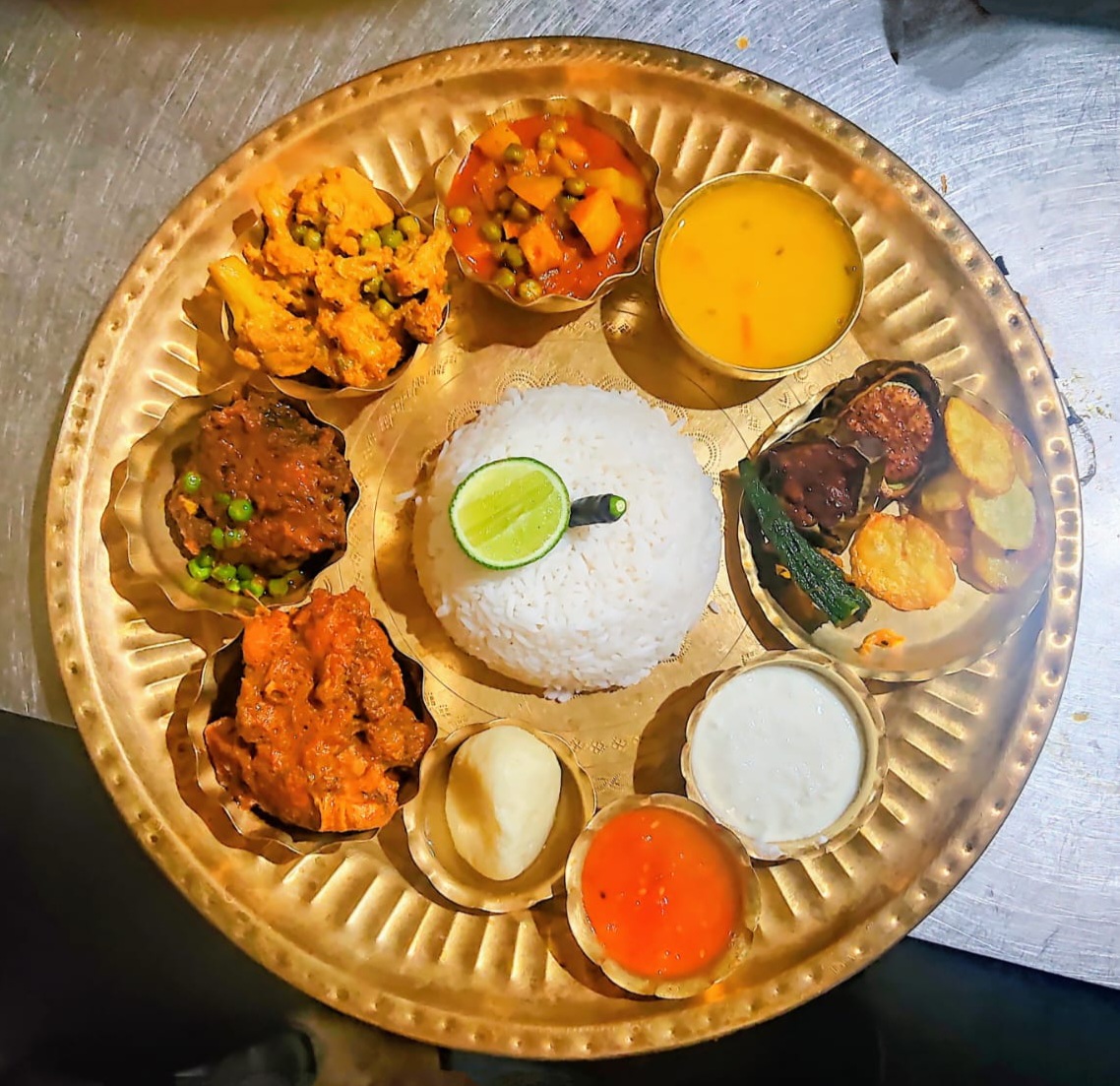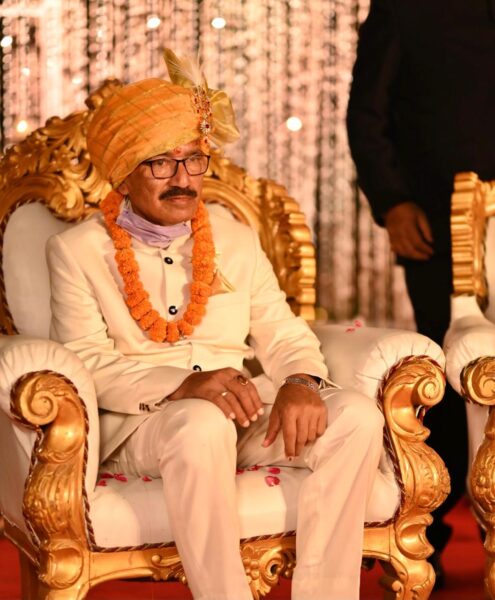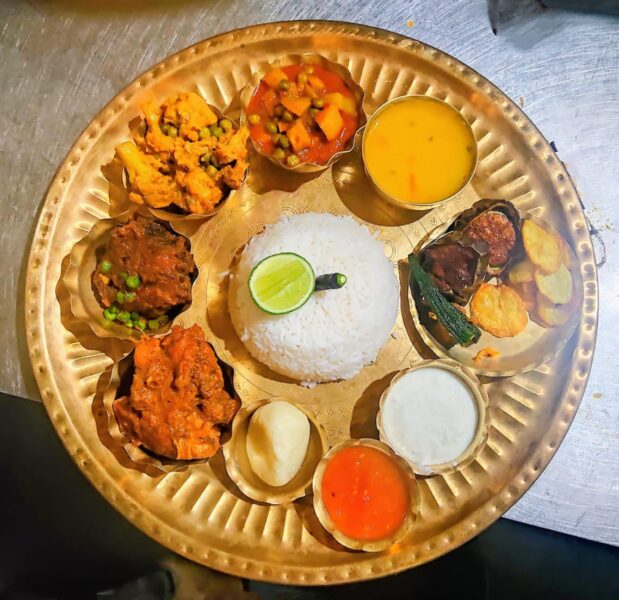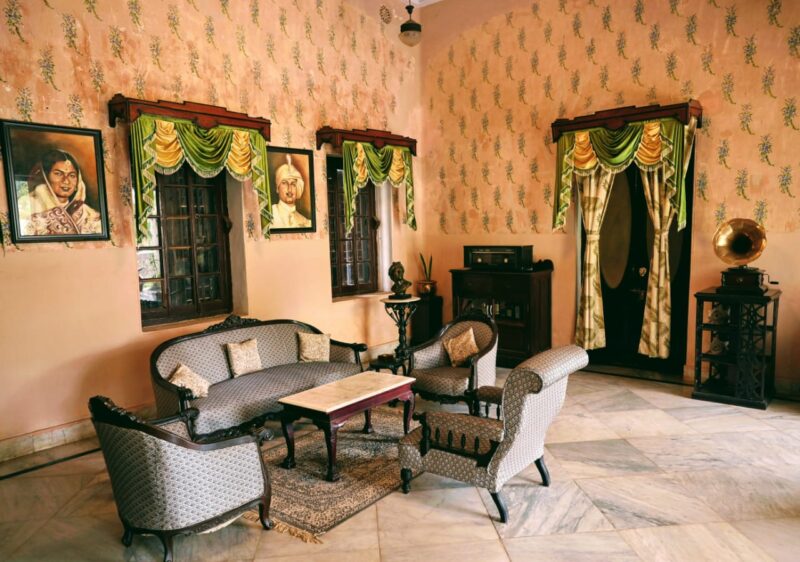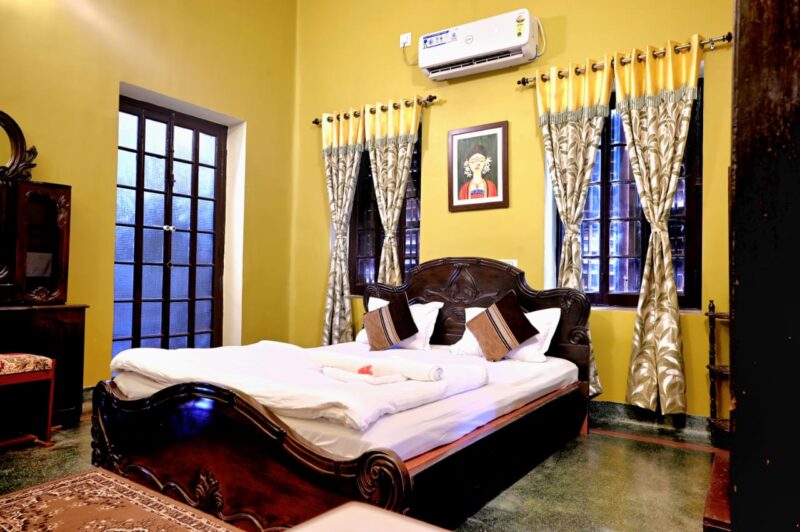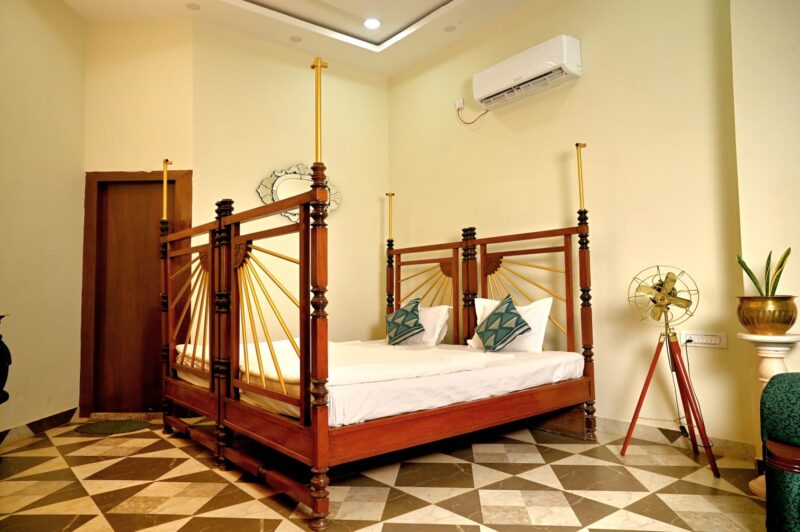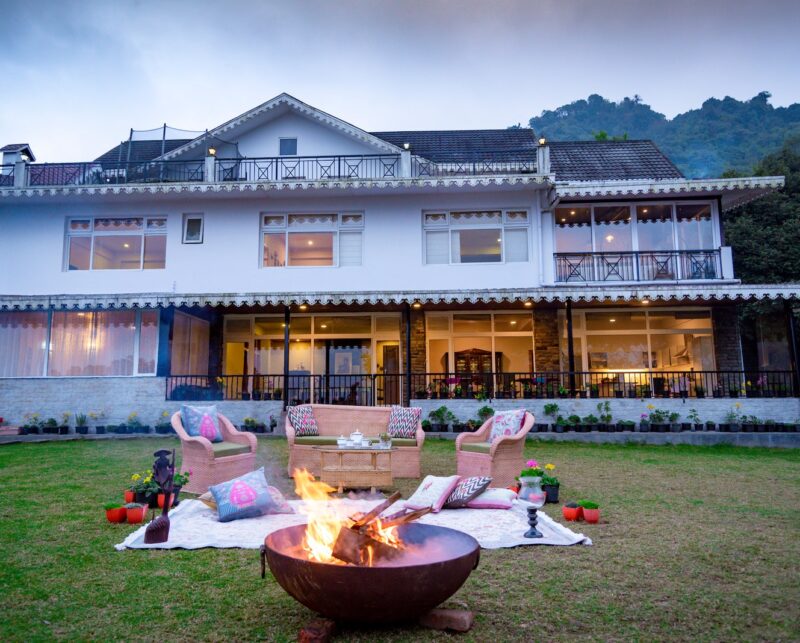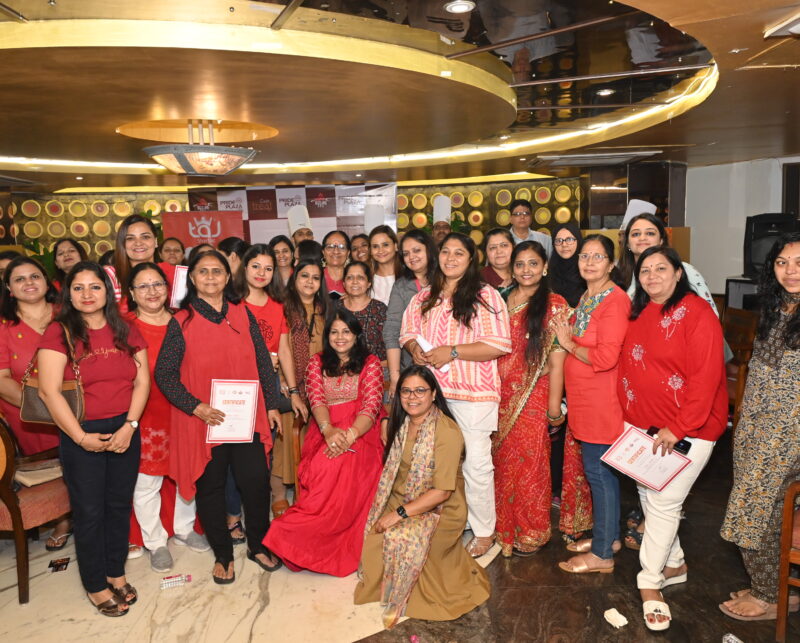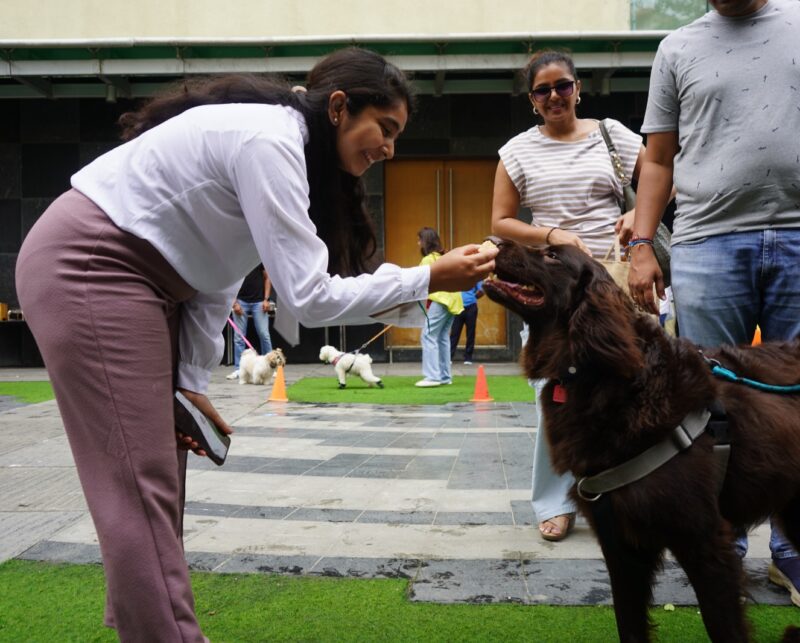Jhargram is the golden treasury of tribal culture and cuisine. It is the land of many
dances, fairs and festivals. This is also a district known for heritage buildings like
palatial houses and temples.
Jhargram Palace is a heritage hotel opened by Shri Shivendra Bijoy Malla Deb (Raja
Saheb Jhargram). He has restored the palace, renovated about 10 rooms and offering
local cuisines to tourists.
What inspired you to start the heritage hotel?
It was a vision of my late father to convert the ground floor of the Palace into a heritage
hotel offering a lavish environment to guests who could experience the aesthetics by
residing inside the Palace. He had conceptualized this in the 1980s.
However, tourism was not a priority of the earlier party in power and they intentionally
suppressed the erstwhile royal and zamindari families who owned ancestral properties.
I decided to fight the communist-minded party in Jhargram politically with the help of the
tribals and finally overcame their resistance in 2011.
What are the unique features of your property?
The existing palace complex was built by my grandfather King Narasingha Malla Dev in
1931, and incorporates an impressive array of courtyards, gardens and buildings. It
hosted British governors and state occasions. It is an aesthetic work of Indo Saracenic
architecture with terracotta bricks, lime mortar and laterite boulders.
Within the campus there are many endangered trees some as old as 400 years and
these mature trees make the palace an ideal place for bird-spotting early in the morning.
The existence of a number of different kinds of birds, animals and plants together make
a good and healthy environment within the palace estate.
You can stay at the Royal Guest House or one of the downstairs
rooms and suites with vintage décor. A wellness center with gym, swimming
pool, yoga and café are planned for the future. The nearest airport is Netaji
Subhas Chandra Bose International Airport, Kolkata, about 188 km
from Jhargram.
What are your memories of food at the palace?
We have a repertoire of British and Continental dishes: bakes, chicken roast, ala king,
puddings, etc. Hams and bacons were generally supplied from Calcutta and we had our
own bakery to make bread. Lunch was served in a thali with rice, dal, various vegetable
sabjis, freshwater fish like katla, rohu,mirgal,bhetki,chigri from our own ponds and lakes,
and even sukha mach (dried fish). Mutton kasha or a meat curry was generally served
for dinner. In the old days, wild boar and deer would also come to our kitchens before
hunting became illegal.
What are the signature dishes of your region and community?
Most of the people living in and around Jhargram are tribals. Some of the popular
dishes are Macher Khala Pora (Fish marinated with poppyseed paste ,onion andn
mustard oil, cooked in a young sal tree leaf, roasted to perfection in wood charcoal),
Pantha Mangsho Kasha (Black Bengal goat that is sacrificed for the goddess in puja.
The mutton is marinated and cooked with spices and herbs. Kasha is often served with
dhania leaves and dry brown gravy), Postu bora (Poppy Seed Fritter is a common
Bengali munch prepared with a paste of Poppyseed) and Bata mach ar Sushni Shaak
Bhaja ( fish and water clover cooked together).
Which are the top dishes you serve?
Breakfast here includes luchi,cholar dal ,white gravy aloo curry ,duck eggs, and Bengali
sweets
Snacks like Beguni (Brinjal fritters),Peanji (Onion fritters),Dim Chop (Egg fritters),Veg
Chop (Potato fritters) served with Kasondi (Musturd sauce) and Muri (Puffed rice) are
available.
For the mains, we have Rice with Beuli dal, Panchmeshali torkari( a curry with five
vegetables),Sukto, Desi chicken Kasha, Doi Katla (Katla fish curry in curd),Prawn Malai,
and fried fish with mustard. Nolen gurer paesh ( Rice Kheer made with date jaggery ) is
one of our popular desserts.
What are the socially and environmentally sustainable practices of your property?
Our concept is to promote farm-to-table meals, which also help the tribal people of
Jhargram grow along with the tourism industry as they get a market for their farm and
forest produce. We are sourcing vegetables directly from farmers and growing some
vegetables in our complex too.
We source our fish directly from our tanks and ponds. Country chicken and Black
Bengal goat come from tribal people who breed them in their houses
We are planning to make the palace complex a privately owned botanical reserve. We
want to use the orchards and open spaces to grow organic spices, vegetables and fruits
for the kitchen.
An organic café serving only Satvik food is on the agenda.


